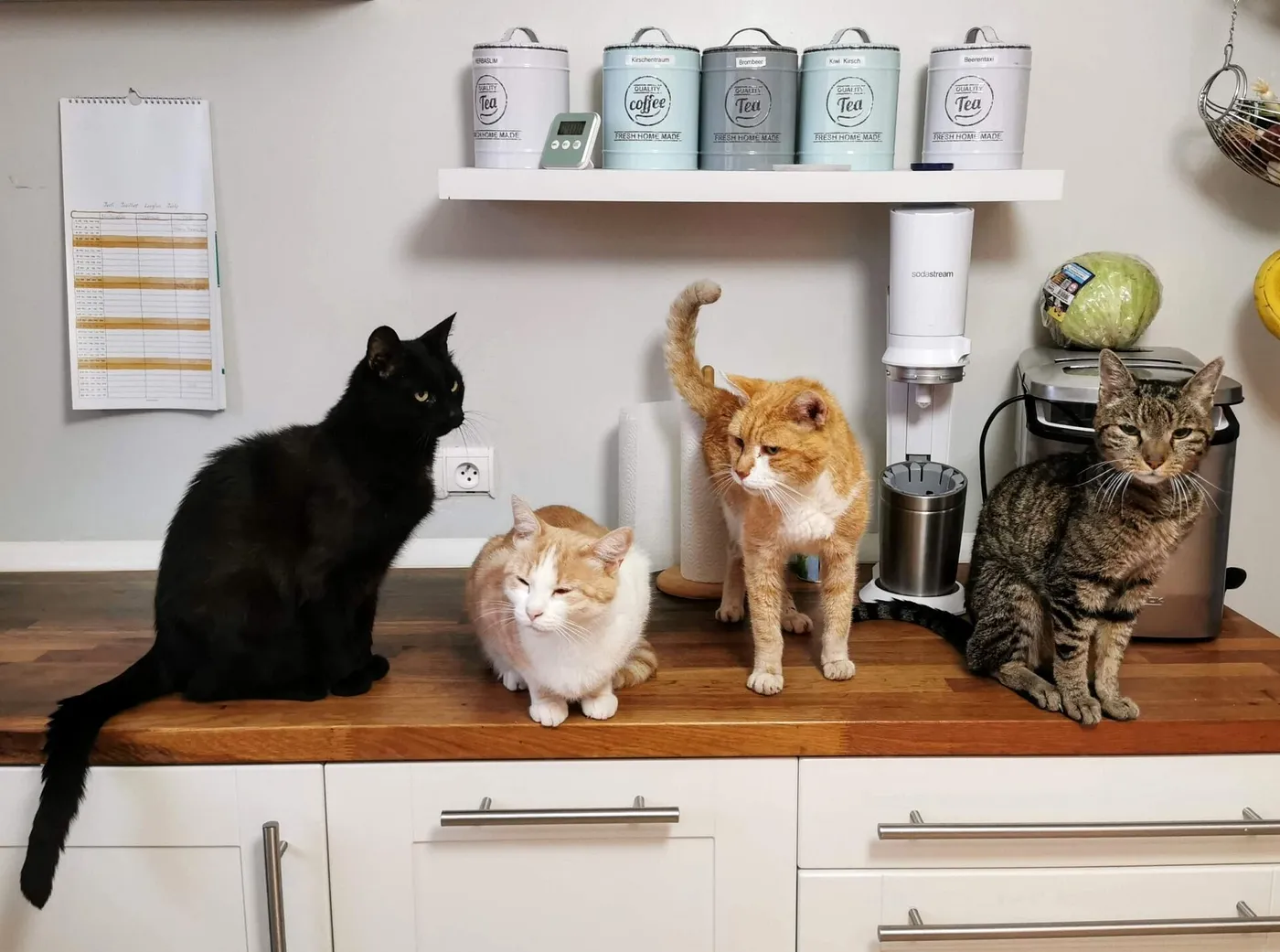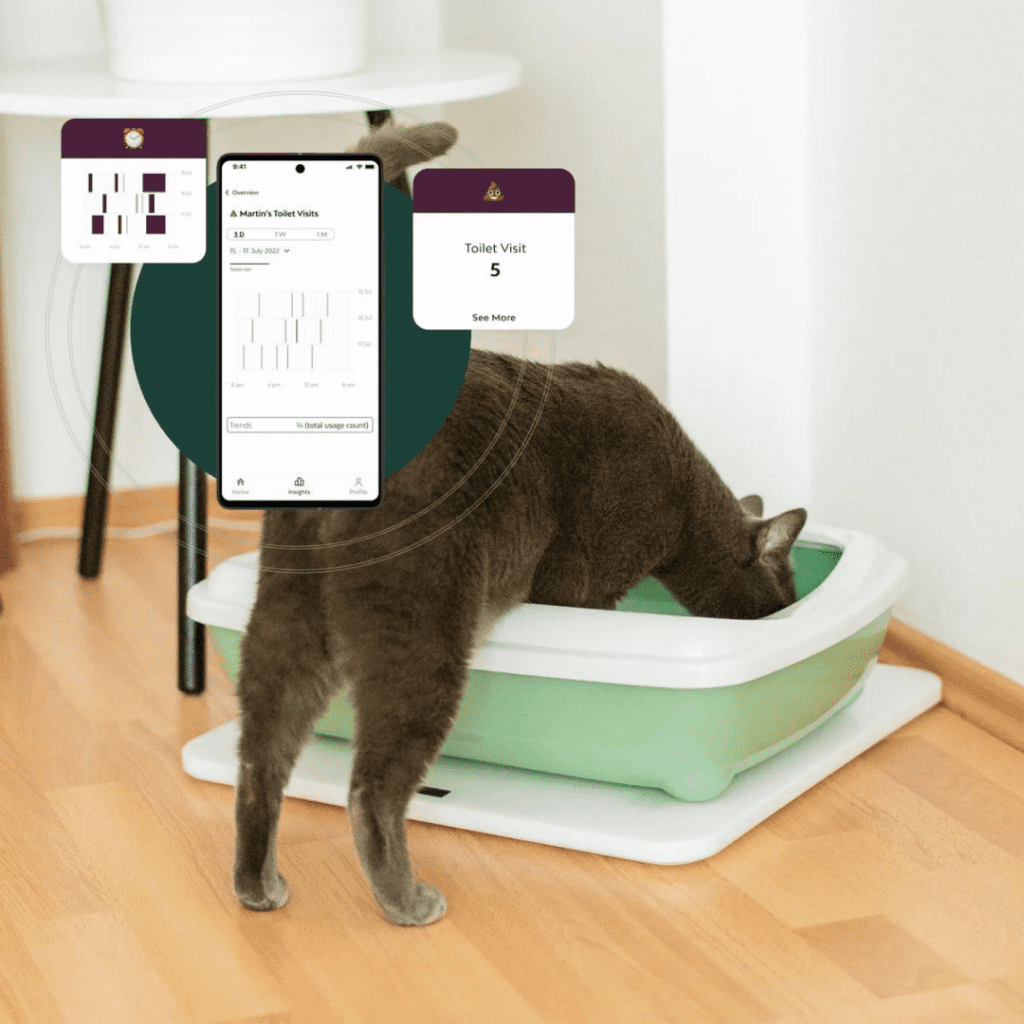
European pet tech has been taking a cat nap; where the sector needs to better serve our feline friends

Author: Rachel Sheppard, Director of Ventures at Mars Petcare and Co-Manager of Leap Venture Studio — a partnership between Mars Petcare, Michelson Found Animals and R/GA Ventures — which is running its first European focused 12-week accelerator from September 26th to December 15th.

Contrary to their reputations as being aloof, cats have been proven to calm their human parents, providing emotional support on levels that mimic a human partner.
Yet in Europe, despite cat ownership being higher than dog ownership, most pet innovation and resources are directed toward dog care. The United States is a big influencer in this focus — the market is predominantly filled with dog parents, influencing what solutions are developed worldwide (myself included). Still, this discrepancy means that pet tech has room to grow in supporting a significant portion of four-legged users.
Naturally there are fundamental differences in how we care for dogs versus cats. For one, cat parents tend to take their cat to the vet less frequently, so there’s less data and fewer case studies to tailor solutions to cats’ needs. But pet tech has to take the initiative to address gaps in cat care now, in order to better understand their behaviors and requirements. These are the areas the industry should first tackle.
Enriching cats’ (and owners’) lives
Cats, on average, live longer than dogs. That means they need more pet tech solutions that enrich their lives for more time; they need tools that help them to live more healthily and happily.
Let’s start with health. Cats are masters at disguising if something is wrong, and this risk is compounded by not going to the vets as often as dogs. Pet tech therefore needs to continue creating more products that cater to cats’ wellbeing without disrupting their routines. For example, cats can lose up to 70% of their kidney function before symptoms are detected. Solutions that are currently on the market include Toletta, a smart litter box that can identify early signs of kidney disease. Additionally, PrettyLitter can work with any litter box and indicates changes in kidney function, blood sugar levels, and potential infections. Cats use the litter as normal, and it changes color to alert owners if there’s a health issue. These types of solutions that allow us to better understand cat health and detect issues sooner are exactly what cat parents and the industry are looking for.
Elsewhere, Spain recently passed a law specifying that cats are members of the family, and so need products that make their everyday lives more enriched. Already, companies like Tuft + Paw are delivering cat furniture that integrate cats’ into their family homes, while also pertaining to their inherently wild nature. For example, their Vista Cat Perch caters to cats’ climbing sensibilities. Still, there is plenty more room for other pet care players and at-home technology solutions to focus on enriching cats’ environment in other ways.
Communicating cats’ health status
Cats tend to be more independent than dogs, and they aren’t as communicative if something is wrong — a trait that stems from their days in the wild, when they’d hide injuries to avoid becoming vulnerable to predators or being abandoned by their group. The problem, though, is that taking cats to the vet for a checkup is often a stressful experience. Cats get very distressed when put in crates, and aren’t shy with voicing their dislike of cars. Not to mention, the potential disruption that can occur amongst the clowder (yes, that’s the name for a group of cats) when a cat returns from the vet smelling of something “new”.
It’s not that cat parents aren’t giving their cats sufficient care, but rather that they need access to healthcare without causing so much distress to their cats and potentially their household. Telemedicine, while not a new industry, is gaining momentum for pets as a medium to get remote advice from professionals. These platforms aren’t a replacement for vet visits, but can increase the number of times that cat parents consult with animal professionals around common issues. According to telemedicine platforms like Vetsie, cat parents are most likely to use telemedicine appointments to address cat behavior, dermatology, and allergies without the stress of visiting in person.
As well as more telemedicine solutions, cats need tools for preventative care, whereby owners access in-depth information about their cat’s health and can detect earlier any signs of poor health. For example, Moggie offers activity tracking for cats through a smart device that not only offers insight into their activity levels, but also communicates irregularities in cats’ overall behavior.
Wisdom Panel offers at-home DNA testing, developed by leading geneticists and veterinarians, where cat owners simply swab their cat and then send the sample back to the company. The returned results focus on anything from health, to ancestry and traits. Giving pet parents insight to the health issues their cat is prone to at a genetic level.

It’s worth noting too, that certain diseases and illnesses are specific to cats — for example, FIV and FIP. There is huge potential for pet tech to delve into these spaces and work toward alleviating and curing cat-specific illnesses. One company paving the way is Anivive Lifesciences, which uses software to accelerate drug development for pets, including developing an investigational treatment for FIP. We want to see a future where more cat-oriented treatments are approved on a faster, larger scale.
Elsewhere, pet tech has to commit to getting actionable cat data in as non-invasive manner as possible. Mars Petcare is already underway with its biobank, which will connect and analyze biological samples, genetic, medical and lifestyle data from 10,000 cats (and 10,000 dogs) to improve their health and longevity by finding new ways to detect maladies sooner. Participating cats will donate blood and fecal samples annually over 10 years, and in return get free annual check ups, and genetic testing.
Non-invasive cat data collection
Unlike dogs, cats could be resistant to wearable devices that collect data around their activity and wellbeing. While overall cat behavior may not be mysterious, the underlying health conditions that could be detected through continuous data collection are worth investigating.
Weight is a major concern here. Cats can’t be exercised in the same way as dogs, making it harder to compensate for overfeeding, which can occur easily in a multi-cat household. And, because cats have a smaller body mass, even just adding one pound can be impactful — it substantially increases their risk of arthritis and diabetes.

We therefore need to see more tailored products like Feniska be introduced. The smart pad is placed under pet furniture and tracks health-related data like obesity, toilet visits, and sleep patterns. Likewise, smart cat flaps can track how often cats go outside, how long they stay outside and how that activity corresponds to their diet. Not to mention, smart cat flaps enable owners to decide when their pet goes outside, preventing them from any dangers in severe weather. These types of technologies fit seamlessly into cats’ lives and allow us to learn and continue to improve their health and safety.
Ironically, cats have been the underdog in pet care for quite some time now. Yet, with greater advancements in technology and the growing recognition that cats are an extension of the family, companies have a moral and business duty to bridge the gaps. Not only will doing so significantly increase cats’ quality of life, it’ll give companies a pioneering advantage.
If you’re an early-stage pet care startup that is driving meaningful change in the industry, apply now for the Spring 2023 edition of the Leap Venture Studio accelerator program.
Selected companies will receive an investment of US$200,000, and access to the best mentors and resources from the combined networks of Michelson Found Animals, Mars Petcare, and R/GA Ventures.
This article was originally published on 150Sec on November 7, 2022.




